| Module 1 | Electronic health records (EHR) introduction |
Unit 1
|
Unit 2
| |
|---|---|---|---|---|
| Module 2 | Making the value case |
Unit 1
|
Unit 2
|
Unit 3
|
| Module 3 | Clarifying legal and policy issues |
Unit 1
|
Unit 2
|
Unit 3
|
| Module 4 | Forming partnerships |
Unit 1
|
Unit 2
|
Unit 3
|
| Module 5 | Analyzing clinical data and workflows |
Unit 1
|
Unit 2
|
Unit 3
|
| Module 6 | Analyzing technical options |
Unit 1
|
Unit 2
|
Unit 3
|
| Module 7 | Implementing data exchange |
Unit 1
|
Unit 2
| |
| Module 8 | Optimizing data quality and use |
Unit 1
|
Unit 2
|
Unit 3
|
| Module 9 | All toolkit downloads |
Unit 1
|
Section overview
New EHR-based public health surveillance approaches might require new techniques for analyzing, visualizing, and reporting information. This could include considering how data can be presented to highlight issues and galvanize action, all while preserving patient privacy. Preparing public health agency staff and partners to evaluate EHR data quality and sustain systems over time will also be important.
Questions addressed in this section:
- What analytical techniques will be employed? How do they address the priorities discussed when establishing the value case for the effort?
- What surveillance reports and visualizations will be generated and how will they be disseminated? How will suppression rules be enforced on these reports?
- Will analyses, visualizations, and reports help illustrate whether or not the agency’s interventions are making an impact?
- How will the agency assess the quality of EHR data with respect to its utility for public health surveillance?
Likely stakeholders and participants:
- Surveillance program staff
- IT staff, including business analysts
- Health care IT staff

